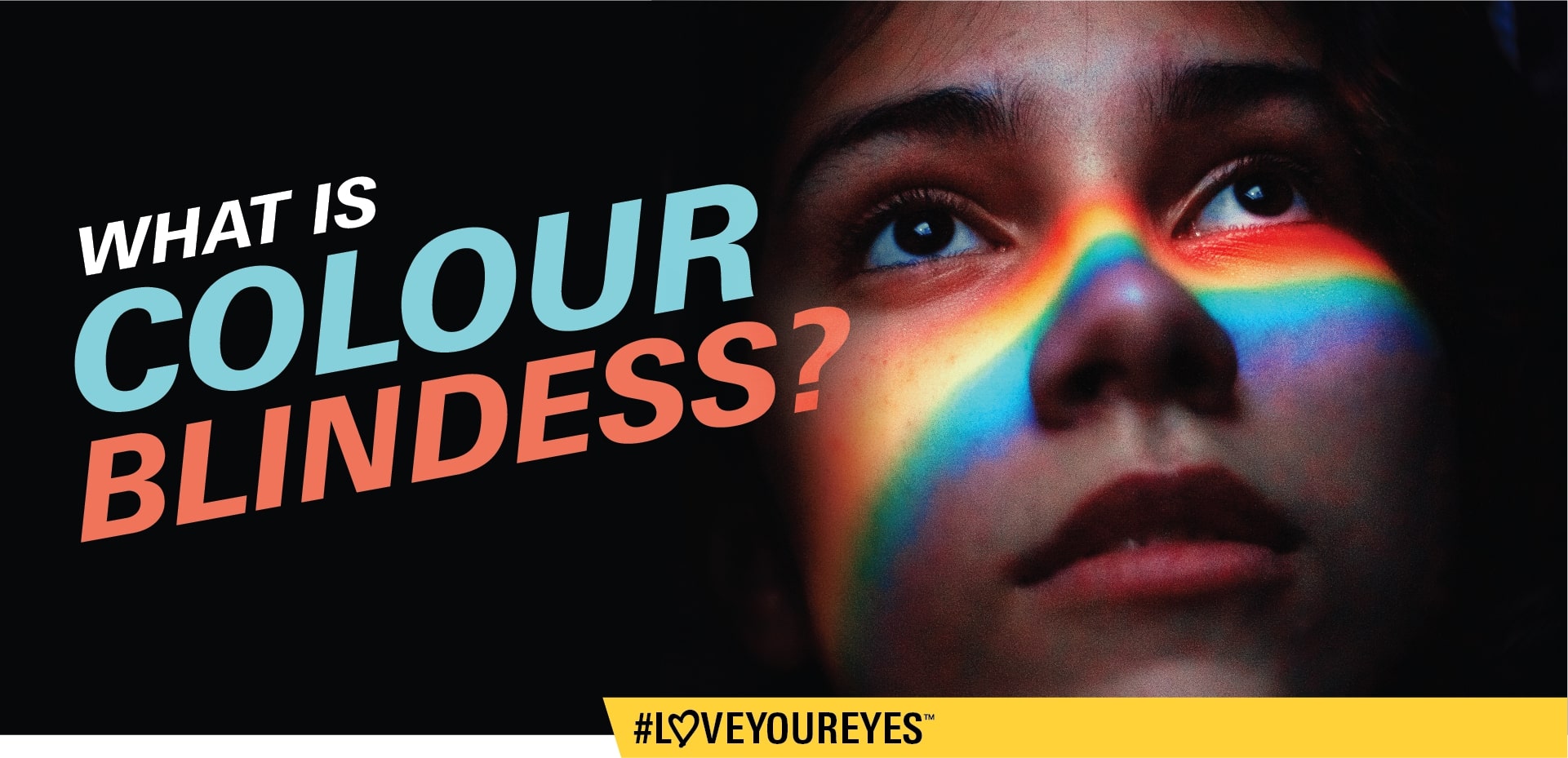
Colour blindness is actually an inaccurate term for colour perception deficiency. It is a lack of perceptual sensitivity to certain colours, and is most commonly due to an inherited condition. The most common form by far is congenital anomalous trichromacy, which, simply put, is an inherited condition in which there is partial or complete inability to perceive a wavelength of colour. This form of colour perception challenge affects more men than women since it is encoded on the X chromosome and is often passed from mother to son.

Roughly 8% of all men and about 0.5% of all women are colour perception deficient. Colour blindness is commonly the impaired ability or complete inability to perceive one colour, and 99% of all colour blind people can see colour to some degree. Achromatopsia, the complete absence of colour vision, is extremely rare, occurring in only one out of every 33 000 people. About half the people with colour perception deficiency have mild perceptual challenges while the other 50% will have moderate to severe challenges.

Normal colour vision uses all three types of light cones correctly and is known as trichromacy. People with normal colour vision are known as trichromats. The lack of perceptual sensitivity to certain colours is an anomaly. The different anomalous conditions are protanomaly, is a reduced sensitivity to red light; deuteranomaly, a reduced sensitivity to green light and is the most common form of colour perception deficiency; and tritanomaly, a reduced sensitivity to blue light and is extremely rare. Reduced or absent ability to perceive either red or green light results in very similar visual problems so they are often put together and known as red-green colour blindness.
Colour perception deficiency affects the retina, which is the light-sensitive tissue at the back of the eye. The retina contains two types of light receptor cells, called rods and cones. These cells transmit visual signals from the eye to the brain. Rods provide vision in low light (night vision) while cones provide vision in bright light (daylight vision), including colour vision. There are 3 types of cones, and each is sensitive to the red, green and blue wavelengths of light respectively. The brain determines what colour it is seeing by observing the ratio between the signals it receives from each of the three types of cones. For instance, when the blue cones and the red cones pick up light, the brain then interprets it as purple.
In anomalous colour perception, one or more types of cones in the retina are either partially or completely non-receptive to their particular wavelength of colour and this then affects how the brain interprets colour. For instance, red-green colour blindness (the most common) is caused by the partial or complete inability of either red cones or green cones to perceive their specific colour.

Colour perception deficiencies bother affected children from their earliest years. At school, colouring can become a difficulty when one has to take the blue crayon – and not the pink one – to colour in the ocean. When cooking, red deficient individuals battle to tell whether their piece of meat is raw or well done. Neither can they tell the difference between green and ripe tomatoes or between ketchup and chocolate syrup. Some food can even appear very unappetising to them. For example, people with a green deficiency cannot possibly eat spinach as to them it may look like a cow pat! They can however, distinguish some citrus fruits. Oranges seem to be a brighter yellow than that of lemons.
To these individuals, purple looks like a dark blue, almost black and red is a very dark grey also appearing as almost black. Some of them cannot fully appreciate a rainbow because they can only see two light colours, blue and yellow. When driving, they can only distinguish traffic lights from street lights in terms of brightness. They cannot tell whether a woman is wearing lipstick or not. When at the beach with a redheaded woman, whose skin cannot be exposed to the sun for a long time, a colour deficient person may not be able to warn her if she is getting sun burnt. However, they distinguish faded and grey colours far more easily, which may even appear attractive to them.




